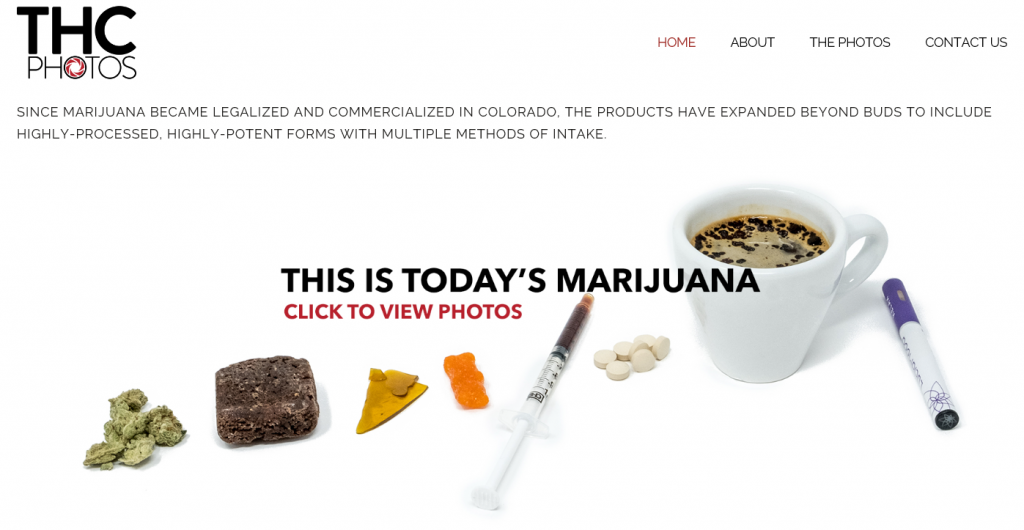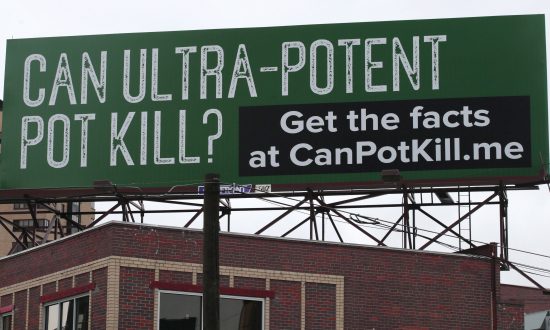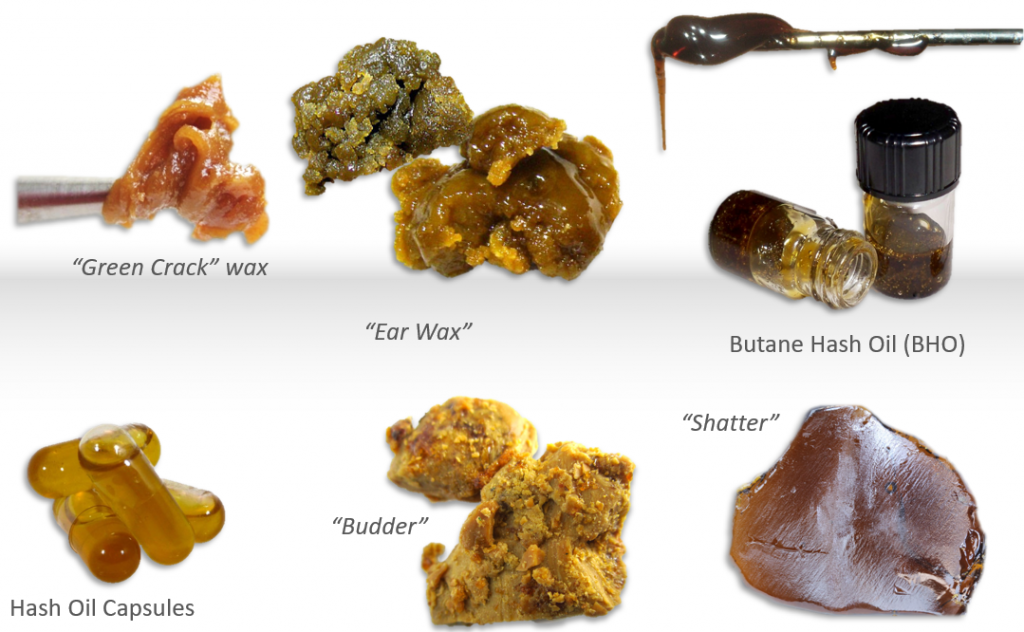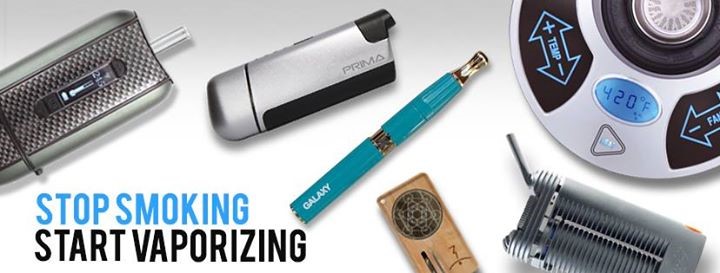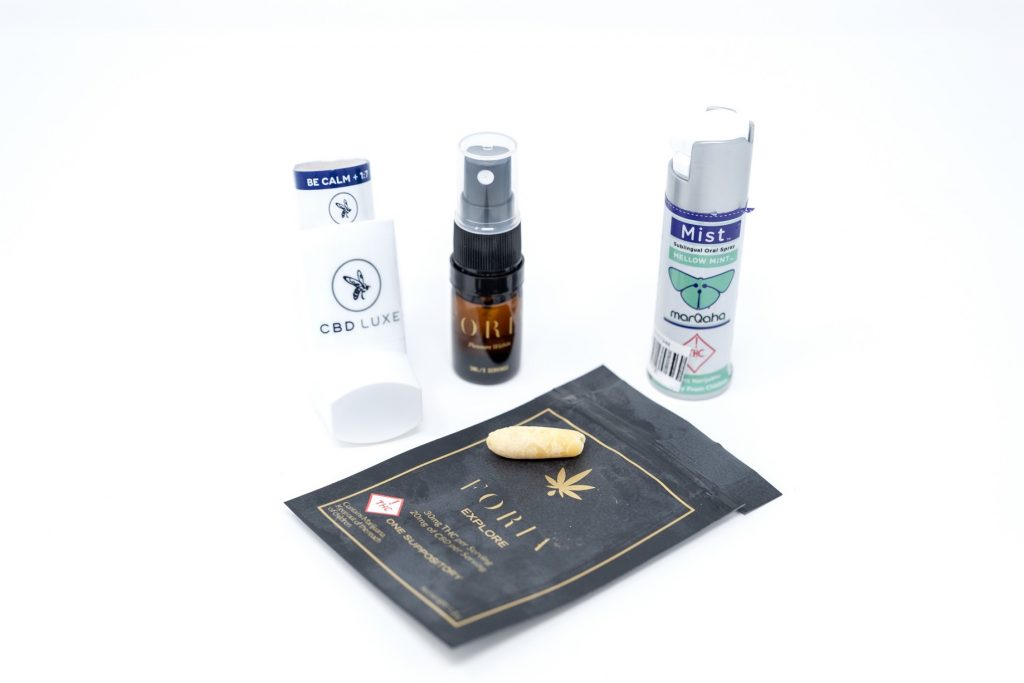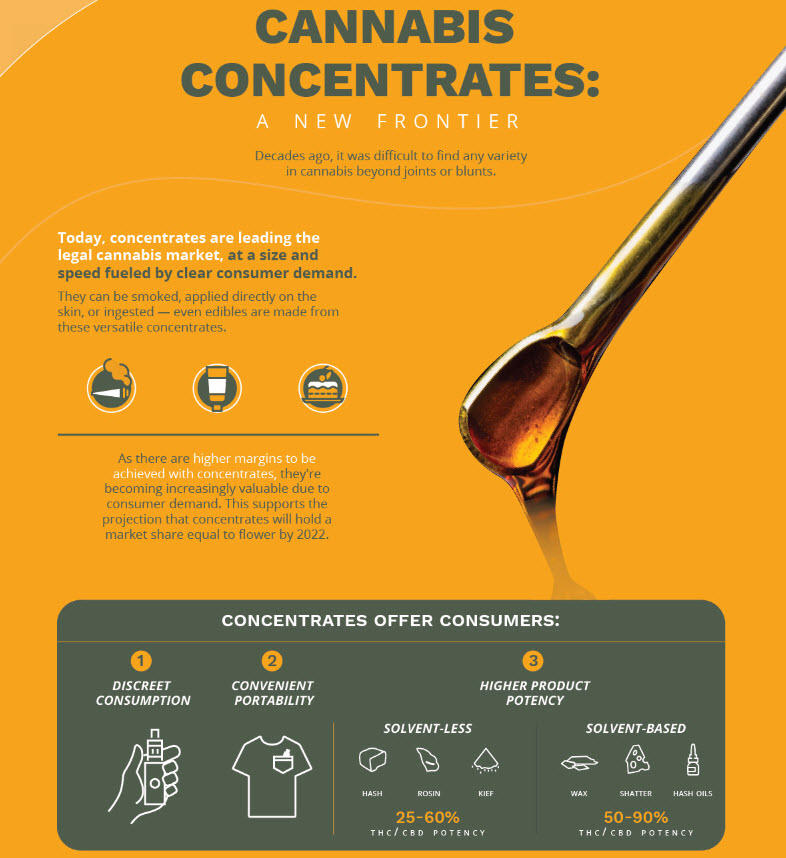JOINT GUMMI BEAR
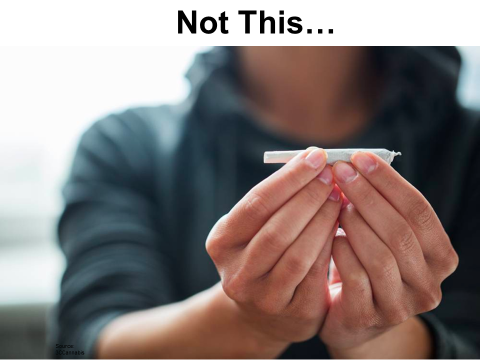 When you think about “marijuana”, you probably immediately think about a joint.
When you think about “marijuana”, you probably immediately think about a joint.
But legalising marijuana will be far more than that. People will be popping it between classes, sucking on it while driving, drinking it before work, chewing on it while they talk to you, and eating is as a dessert.
The trend in commercialised marijuana markets is toward distilled active ingredients (cannabinoids) — in particular, tetrahydrocannabinol (THC). THC is the 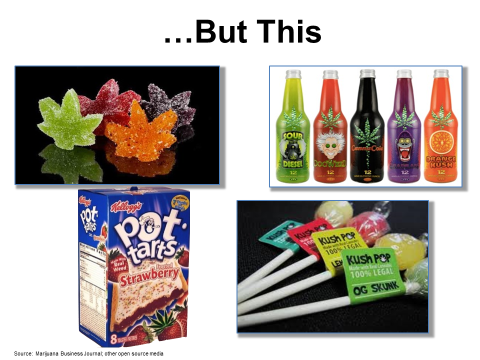 psychoactive ingredient in marijuana that affects the mind or behaviour and alters perception, mood or consciousness. In legalised markets, the profit margins are very high for processed marijuana products while the price of marijuana bud has fallen sharply. Consequently, the market share of bud has fallen and the market share of THC-infused edibles and THC concentrates continues to rise. In some markets, processed products now comprise more than half of sales.
psychoactive ingredient in marijuana that affects the mind or behaviour and alters perception, mood or consciousness. In legalised markets, the profit margins are very high for processed marijuana products while the price of marijuana bud has fallen sharply. Consequently, the market share of bud has fallen and the market share of THC-infused edibles and THC concentrates continues to rise. In some markets, processed products now comprise more than half of sales.
“The cannabis market is evolving in ways that make it different than the tobacco and alcohol markets. In addition to marijuana, myriad cannabis products (e.g., edibles, concentrates, infusions, tinctures, lotions, and butters) are available and heavily marketed. These products can be smoked, eaten, vaped, or used topically. Many of these products are easily transportable and readily concealed or disguised.”
Impacts of Marijuana Commercialization on Adolescents’ Marijuana Beliefs, Use, and Co-use With Other Substances,
Lipperman-Kreda, Sharon et al. Journal of Adolescent Health, Volume 63, Issue 1, 5 – 6
Baked goods, candies or other cannabis-infused edibles may not be as safe as people think, especially for first-time users, children and the elderly, according to a new paper published in the peer-reviewed Canadian Medical Association Journal in February 2020. The psychoactive effects can take up to 4 hours to fully kick in since it takes longer for the body to absorb edibles than other forms of marijuana. Some people may eat more than intended as a result, increasing the risk of overdosing,
THC-infused products include: coffee, ice-cream, baked goods, lolly-pops, fizzy drinks, tea, hot cocoa, breath mints & spray, intimate oils, pills, lollies, chewing gum, marinara sauce, baklava, and many many more.
And then there’s the concentrates. Think of images you have seen of people smoking crack, meth, and heroin: concentrates are smoked the same way.
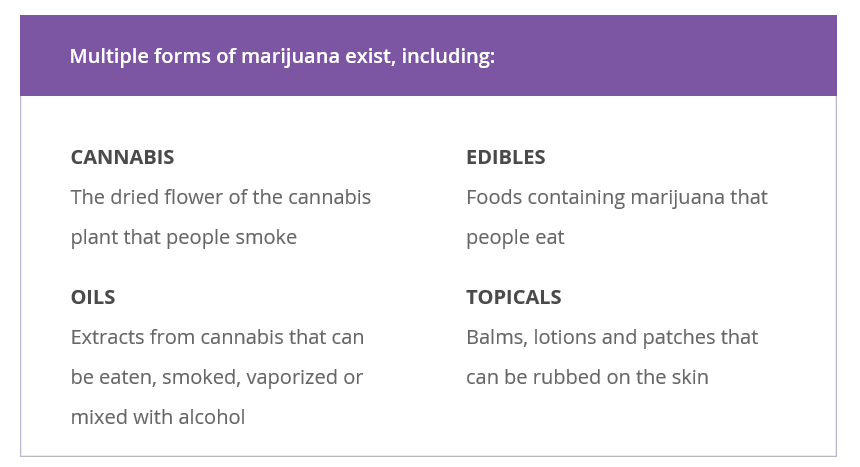 Source: https://www.drugrehab.com/addiction/drugs/marijuana/
Source: https://www.drugrehab.com/addiction/drugs/marijuana/
EDIBLES
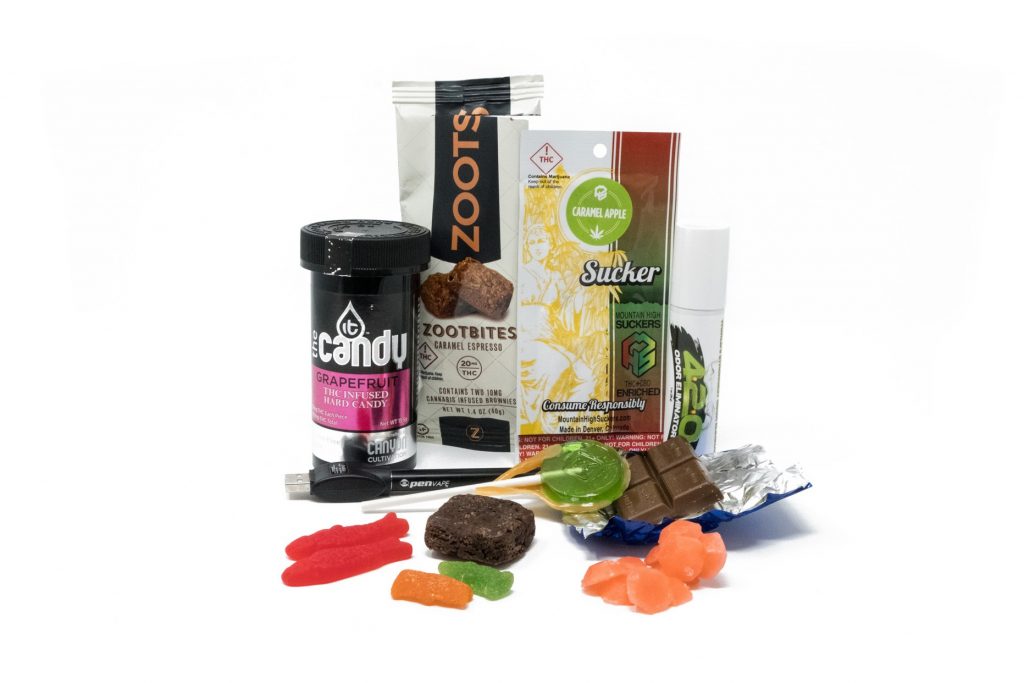 Marijuana legalization has spurred a boom in pot “edibles.” THC concentrate is mixed into almost any type of food or drink, including gummy candy, soda, and lollipops. Today, these edibles comprise at least half of Colorado’s marijuana market. Edibles’ potency (several times that of an average joint) and their attractiveness to kids have led to serious problems in legalized states like Colorado.
Marijuana legalization has spurred a boom in pot “edibles.” THC concentrate is mixed into almost any type of food or drink, including gummy candy, soda, and lollipops. Today, these edibles comprise at least half of Colorado’s marijuana market. Edibles’ potency (several times that of an average joint) and their attractiveness to kids have led to serious problems in legalized states like Colorado.
THC-infused products include:
Coffee, ice-cream, baked goods, lolly-pops, fizzy drinks, tea, hot cocoa, breath mints & spray, intimate oils, pills, lollies, chewing gum, marinara sauce, baklava, and more.
What has been alarming is the rampant mislabeling of the active cannabinoid ingredients in concentrates and edibles (Peace, Butler, Wolf, Poklis, & Poklis, 2016). The Food and Drug Administration (FDA) has published warning letters on the severe and consistent mislabeling of commercial products on the market since 2015 (U.S. Food and Drug Administration, 2017). The marketing tactics used for their packaging mimic those of Big Tobacco, by using bright colors and catchy names and even by replicating images or reappropriating the names of well-known commercial food products. For example, “Pop Tarts,” a widely consumed kidfriendly breakfast product, has been reappropriated by one marijuana producer to market “Pot Tarts.”
For example, “Kids hospitalized after eating brownies at party. Man laced them with pot, cops say” – Sep 2018
Florida students hospitalized after eating marijuana candy – Candies were brought to school by a 12-year-old, who proceeded to share with six other students. Police identified the candies as Green Hornet Fruit Punch Gummies, which contained 10 milligrams of THC each. The product is illegal in Florida.
The legal limit of how much THC could be put in an edible in Colorado was 10mg. The majority of THC gummy bears contain 40 milligrams of THC in each one.
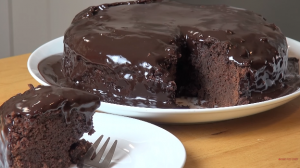 Even in New Zealand, we’ve already seen the consequences of ‘hiding’ marijuana in food. A man received jail time for poisoning work colleagues with a marijuana-laced cake. Nine of his colleagues were admitted to hospital as a result of contaminated cake, one of whom believed they were having a heart attack as a result of eating it. Jones, who confessed to being a long-term marijuana user, said he had grown the plant only for personal use prior to the December incident.
Even in New Zealand, we’ve already seen the consequences of ‘hiding’ marijuana in food. A man received jail time for poisoning work colleagues with a marijuana-laced cake. Nine of his colleagues were admitted to hospital as a result of contaminated cake, one of whom believed they were having a heart attack as a result of eating it. Jones, who confessed to being a long-term marijuana user, said he had grown the plant only for personal use prior to the December incident.
A marijuana-friendly journalist from the New York Times found out first-hand just how potent these products are:
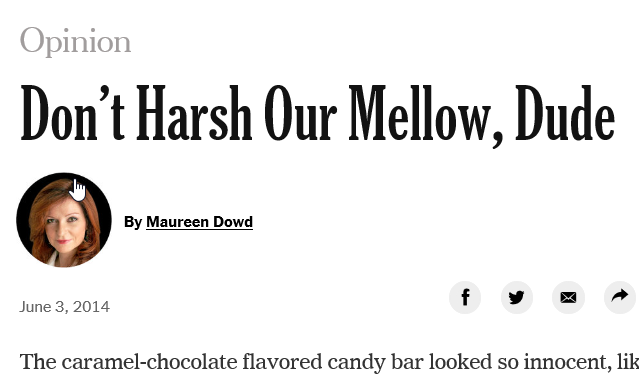 “The caramel-chocolate flavoured candy bar looked so innocent, like the Sky Bars I used to love as a child. Sitting in my hotel room in Denver, I nibbled off the end and then, when nothing happened, nibbled some more. I figured if I was reporting on the social revolution rocking Colorado in January, the giddy culmination of pot Prohibition, I should try a taste of legal, edible pot from a local shop. What could go wrong with a bite or two? Everything, as it turned out. Not at first. For an hour, I felt nothing. I figured I’d order dinner from room service and return to my more mundane drugs of choice, chardonnay and mediocre-movies-on-demand. But then I felt a scary shudder go through my body and brain. I barely made it from the desk to the bed, where I lay curled up in a hallucinatory state for the next eight hours. I was thirsty but couldn’t move to get water. Or even turn off the lights. I was panting and paranoid, sure that when the room-service waiter knocked and I didn’t answer, he’d call the police and have me arrested for being unable to handle my candy. I strained to remember where I was or even what I was wearing, touching my green corduroy jeans and staring at the exposed-brick wall. As my paranoia deepened, I became convinced that I had died and no one was telling me. It took all night before it began to wear off, distressingly slowly.”
“The caramel-chocolate flavoured candy bar looked so innocent, like the Sky Bars I used to love as a child. Sitting in my hotel room in Denver, I nibbled off the end and then, when nothing happened, nibbled some more. I figured if I was reporting on the social revolution rocking Colorado in January, the giddy culmination of pot Prohibition, I should try a taste of legal, edible pot from a local shop. What could go wrong with a bite or two? Everything, as it turned out. Not at first. For an hour, I felt nothing. I figured I’d order dinner from room service and return to my more mundane drugs of choice, chardonnay and mediocre-movies-on-demand. But then I felt a scary shudder go through my body and brain. I barely made it from the desk to the bed, where I lay curled up in a hallucinatory state for the next eight hours. I was thirsty but couldn’t move to get water. Or even turn off the lights. I was panting and paranoid, sure that when the room-service waiter knocked and I didn’t answer, he’d call the police and have me arrested for being unable to handle my candy. I strained to remember where I was or even what I was wearing, touching my green corduroy jeans and staring at the exposed-brick wall. As my paranoia deepened, I became convinced that I had died and no one was telling me. It took all night before it began to wear off, distressingly slowly.”
“Don’t harsh our mellow, dude” Opinion, Maureen Dowd, New York Times 3 June 2014
A harmless herb? No – not at all.
DABBING
Dabbing is a way to smoke highly concentrated THC called “shatter,” “wax,” “honey,” “butter” and “crumble.” It’s known as the “crack cocaine of marijuana.” Emily Feinstein, the director of health law and policy for the National Center on Addiction and Substance Abuse told the New York Times: “Side effects can include: a rapid heartbeat, blackouts, psychosis, paranoia and hallucinations that cause people to end up in psychiatric facilities.”
Websites such as CanPotKill.me highlights these products.
VAPING
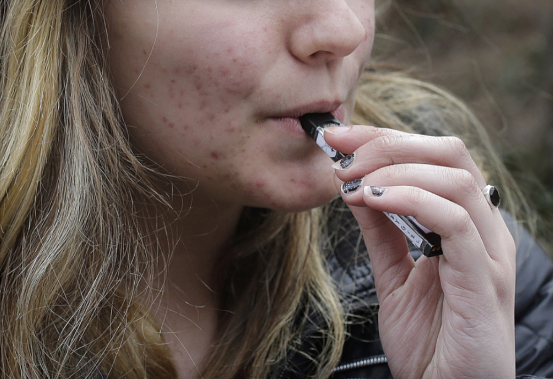 Vape pens can combust THC or weed in just about any forma and do it without leaving a smell. A student could be eating, chewing, sucking on or drinking THC in a classroom, and even smoking (vaping) in in class.
Vape pens can combust THC or weed in just about any forma and do it without leaving a smell. A student could be eating, chewing, sucking on or drinking THC in a classroom, and even smoking (vaping) in in class.
A recent study at the Johns Hopkins Behavioral Pharmacology Research Unit in Baltimore found that vaporized cannabis produced greater pharmacodynamic effects and higher concentrations of THC in blood compared with equal doses of smoked cannabis. Participants made twice as many mistakes on the cognitive tests and reported higher levels of dry mouth, itching eyes and paranoia when vaping compared to smoking weed.
This tiny combination of plastic, glass, and metal is a disposable cannabis oil cartridge. In the US, it costs anywhere from $US30 to $US70 (depending on the oil inside), is easily carried in your pocket, and produces little-to-no smell when consumed. You simply screw it into an inexpensive, rechargeable pen and inhale. That’s it. It’s this tiny device that’s quickly taking over cannabis consumption.
In the US states where cannabis is legal, students say vaping is everywhere and it’s easy to hide. This is a ‘perfect storm’ for public health harm, but a dream for Big Marijuana because vaping marijuana is a core product for making money and getting consumers hooked – especially young people.
 According to reports in the US, students can vape right under a teacher’s nose and go undetected. There is no tell-tale odor, and the devices used are small enough that a student can indulge in class – through a USB drive or pen or highlighter. Even the tassels of a hooded jacket.
According to reports in the US, students can vape right under a teacher’s nose and go undetected. There is no tell-tale odor, and the devices used are small enough that a student can indulge in class – through a USB drive or pen or highlighter. Even the tassels of a hooded jacket.
Compounding the trouble is the potency the devices can deliver, giving a student a much more intense high than expected. Often adults don’t realise a student has indulged until the teen confesses. One vaping cartridge VanNatter confiscated contained 83.6% THC.
Researchers at the Centers for Disease Control and Prevention (CDC) surveyed some 20,000 students in grades 6-12 about their marijuana use in e-cigarettes. E-cigarettes typically contain nicotine, but many of the battery-powered devices can vaporise other substances, including marijuana. They found that nearly 1 in 11, or 2.1 million middle and high school students used marijuana in e-cigarette devices. In legal states people can buy cartridges of high-potency cannabis oil that fit into many e-cigarette devices. The popular Juul does not make marijuana pods, but users can refill Juul’s nicotine cartridges with cannabis oil.
While many assume Juul and other e-cigarette companies are only in the business of marketing nicotine, these assumptions are wrong. Recently, Marlboro-owner, Altria (formerly Philip Morris), purchased a 35% stake in Juul, shortly after acquiring a 45% stake in Cronos, one of the largest distributors of marijuana in Canada and internationally (LaVito & Hirsch, 2018). The results? According to one of the most well-respected longitudinal youth behavioral surveys conducted, the University of Michigan’s Monitoring the Future (MTF) survey, marijuana vaping is increasing rapidly among youths. Between 2017 and 2018, past-month marijuana vaping increased from 1.6%, 4.3%, and 4.9% of 8th, 10th and 12th graders, respectively, to 2.6%, 7.0%, and 7.5%, reflecting a 63% increase among 8th and 10th graders, and a 53% increase among 12th graders (Johnston, Miech, Bachman, Schulenberg, & Patrick, 2018). Source: SAM
Young people who vape are more likely to use marijuana, according to a study published last month. The review found that the odds of marijuana use were 3.5 times higher in people who vaped compared to those who didn’t. The research, published in the medical journal JAMA Pediatrics, analysed more than 20 pre-existing studies of people ages 10 to 24.
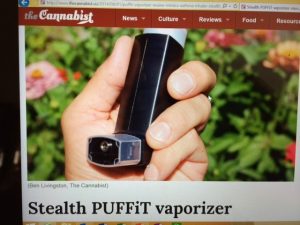 This has all heightened health concerns about the new popularity of vaping among teens.
This has all heightened health concerns about the new popularity of vaping among teens.
Here in New Zealand, Action on Smoking and Health (ASH) canvassed more than 26,000 Year 10 students from across the country and found that only 2% used electronic cigarettes, also known as vaporisers, daily. It will be difficult to monitor when students are vaping, and more importantly, what they are vaping.
A US study this year found that teens who used e-cigarettes and hookah were up to four times more likely to use marijuana later, according to a study published in the journal Pediatrics.
Source: https://yellow.place/en/vapor-nation-online-vaporizer-superstore-torrance-usa
Vaporisers can also combust crack, heroin and meth (aka “hard drugs”)
2 million US teens are vaping marijuana
The vaping industry can already see the dollars! OpenVape CEO Ralph Morgan says that cannabis concentrates will be more popular than smoking marijuana buds in the next couple years. In 2016, he predicted, “I see concentrates becoming a part of folk’s daily regimen.”
NEW FRONTIERS
In August, a Colorado committee considered how to regulate a new generation of marijuana-based products that illustrate just how far commercialisation has extended. These new products can be delivered rectally, nasally, vaginally or squirted into the eye to reach the bloodstream faster and deliver a quicker high. At the public hearing, a state regulator compared trying to keep up with the continuously innovating marijuana industry to chasing cheetahs with butterfly nets.

